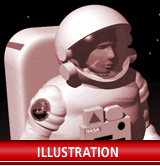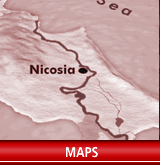 |
 |
 |
 |
 |
 |
Many millennia ago, the Chinese people built an empire that spread from fertile valleys in the east to high elevations in the southwest. (See map.) Their precious silk and other hand-crafted goods were traded everywhere. Today’s China also trades globally. But many of its exports are produced with energy from coal and other polluting fuels. The challenge: Can China reduce pollution, save its environment, and continue growing the economy? Its thousands of scientists and engineers say “Yes!” (China has other assets, too.... See graphs!)
|
|
| Powered by Zoomify |
KEY |
||
| 1-Beijing (capital) 2-Anhui 3-Chongqing 4-Fujian 5-Gansu 6-Guangdong 7-Guangxi 8-Guizhou 9-Hainan 10-Hebei 11-Heilongjiang 12-Henan |
13-Hong Kong 14-Hubei 15-Hunan 16-Inner Mongolia 17-Jiangsu 18-Jiangxi 19-Jilin 20-Liaoning 21-Macao 22-Ningxia 23-Qinghai 24-Shaanxi |
25-Shandong 26-Shanghai 27-Shanxi 28-Sichuan 29-Tianjin 30-Taiwan* 31-Tibet 32-Xinjiang 33-Yunnan 34-Zhejiang |
* Since 1949, Taiwan has refused to accept the government of the People's Republic of China. However, it has never declared independence from China. © 2011 Learning Enrichment, Inc. SIDE TWO of the poster in LE’s study unit, “China: Connecting to the Future.” MAP DESIGN/LAYOUT Dave Herring |
||
